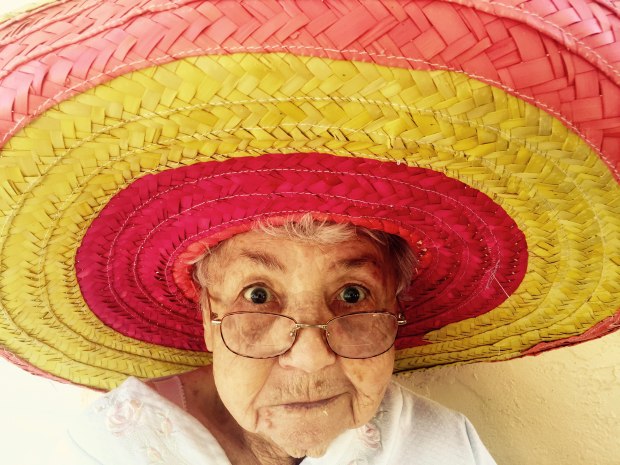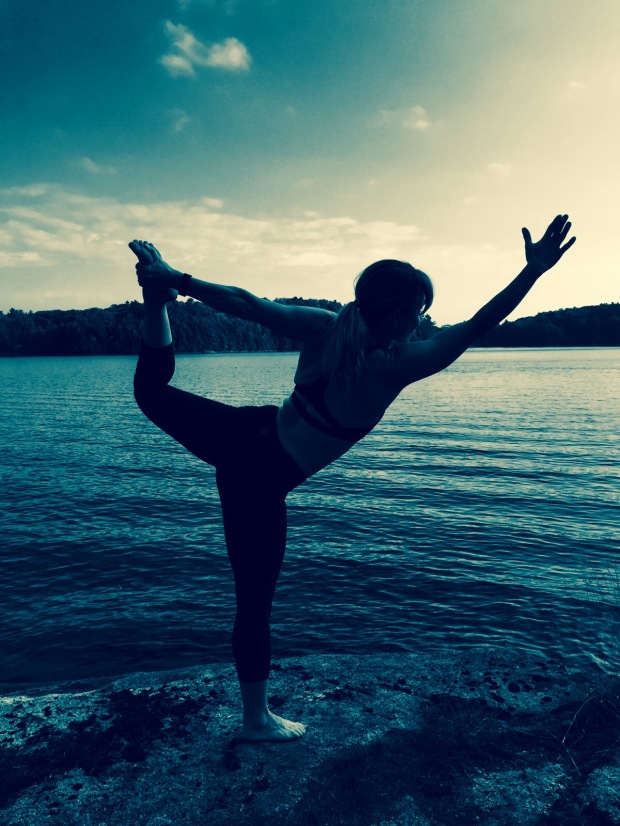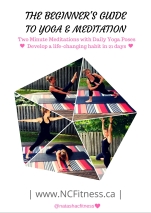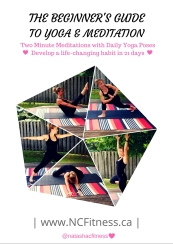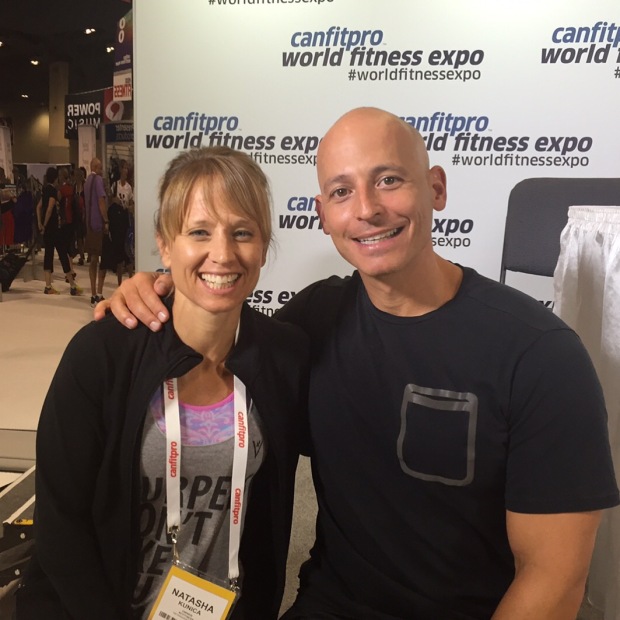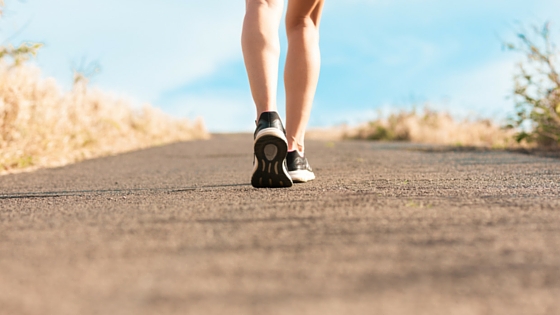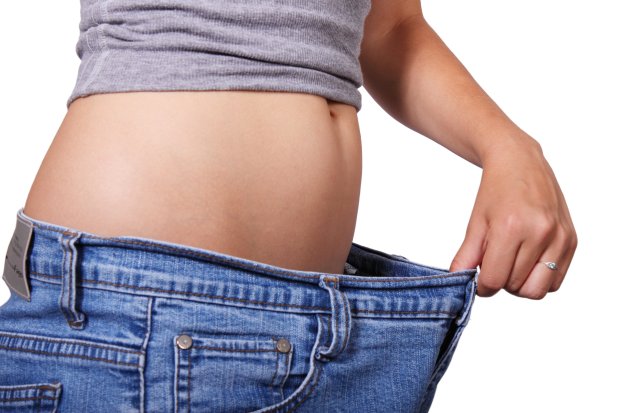
Losing weight can be a frustrating endeavour. You may feel like you are doing everything right and still not see results. There are things that can sabotage your efforts. These little things can be major road blocks on your journey. Check out this list and make sure you are not losing your weight loss battle to these 12 saboteurs.
#1 Sneaking small bites
Calories add up. This can be a dangerous habit and it is very easy to do. Think about how often you finish off what your kids don’t eat. Or maybe you are a baker and you sample as you go. How about packing kids lunches and nibbling as you pack? I read a quote that said “Your stomach is not a waste basket”. Do not feel like you are letting food go to waste if you don’t eat it. One way to avoid doing this is by keeping a food journal (because it is so annoying to write down one bite of something) Another way to avoid sneaking bites is to try to be more mindful. In other words, whenever you eat don’t do anything else.
#2 Relying on processed foods
First of all let’s be clear on what a processed food is. By definition it is anything that is packaged in a box, can or bag. There is no doubt that packaged foods vary widely in nutritional quality. I can buy a “packaged” loaf of bread that is sprouted, organic and made with whole grains or I can buy a loaf of white bread that is stripped of all nutrients and fibre. Obviously it is important to read the ingredients on any packaged food.
Processed foods that have gone through a lot of mechanized preparations are stripped of enzymes and fibre (the bran and germ are removed from grains). Since these are removed, the accompanying nutrients: B vitamins, phytonutrients, antioxidants, phenols, minerals and protein are also removed! These nutrients are critical for optimal health and disease prevention.
With the enzymes, protein and fibre eliminated, highly processed foods are easily digested. When less energy is required for digestion, you have a lower calorie burn. This happens when eating processed foods. Since the processed food gets assimilated quickly into your body, your satiation fades quickly and you are hungry again shortly after. In addition, processed foods typically have a higher glycemic index which result in an increase in insulin secretion and weight gain.
Here is a link to an interesting study of Whole food meals versus Processed food meals.
#3 Ingesting artificial sweeteners
Between 1986 and 2010, the number of American adults eating and drinking sugar-free foods and beverages jumped from 78 million to 187 million, according to the Calorie Control Council. WOW!! Diet soft drinks are the most popular sugar-free products, followed by non-carbonated soft drinks, gum, and sugar substitutes, according to the organization.
So many foods are artificially sweetened and we may not even realize it. Please read the labels before you buy! Did you know that Bear Paws have artificial sweeteners? Yep, sorbitol is in the list of ingredients.
Here is what happens when you eat something sweet (sweetened by sugar). First, your brain releases dopamine, which activates your brain’s reward center. Then Leptin (an appetite-regulating hormone) is released, this informs your brain that you are “full” once a certain amount of calories have been ingested.
However, when you consume something that tastes sweet but doesn’t contain any calories – hello artificial sweeteners – your brain’s pleasure pathway still gets activated by the sweet taste, but there’s nothing to deactivate it, since the calories never arrive.
Artificial sweeteners basically trick your body into thinking that it’s going to receive sugar (calories), but when the sugar doesn’t come, your body continues to signal that it needs more, which results in carb cravings.
Some studies suggest that artificial sweeteners could raise your blood sugar levels even MORE than if you indulged in sugar-sweetened sodas and desserts!!
Researchers have also found that saccharin (a.k.a. Sweet‘N Low), sucralose (a.k.a. Splenda) and aspartame (a.k.a. NutraSweet and Equal) raised blood sugar levels by dramatically changing the makeup of the gut microorganisms (bacteria). Artificial sweeteners disrupt your intestinal microflora and this has also been linked to an increased risk in obesity.
#4 Using too many condiments and sauces and dressings.
These items can be packed with sugar and calories as well as artificial sweeteners. This is where label reading is important. Salad dressings can be a huge saboteur. Try using just oil and vinegar or try this recipe of my hubby’s for a yummy salad dressing:
Corrado’s Salad Dressing (serves one)
3 tsp apple cider vinegar
2 tsp olive oil
1 tsp Dijon mustard
1 tsp honey
#5 Not drinking enough water.
If you don’t drink enough water, you may think you are hungry when you are actually thirsty. This will lead to increased calorie consumption. Plus, mild dehydration will reduce your metabolism. A study in “The Journal of Clinical Endocrinology and Metabolism” from 2003, showed that metabolic rate increases by 30 percent after drinking 2 cups of water.”
If you feel inexplicably hungry an hour after eating a meal, try having a drink of water or a herbal tea (not black tea or coffee as it doesn’t hydrate you in the same way) and see if the feeling passes.
The goal is to drink 2 litres of water a day (or eight 8-ounce glasses) but please be sure you don’t increase your water intake dramatically in one day or you will never leave the bathroom!!
#6 Not eating enough vegetables
Vegetables are the healthiest, most nutrient-dense foods on the planet. They are also low calorie and packed with fibre that will fill you and satiate your appetite (reducing your calorie intake). Without an abundance of vegetables, you will become vitamin and mineral deficient which can slow down your metabolism and decrease energy. Aim for 10-12 servings of vegetables and fruits per day. You need more vegetables than fruit. Use the ratio of 5 vegetables to 1 fruit.
#7 Not eating enough healthy fat
Good fats are vital for your health. Fat doesn’t make you fat (unless, of course, you are overeating) Every living cell in the body needs fat to absorb nutrients and to rebuild and produce new cells. Healthy fats give you energy and boost the liver’s function of releasing fat (we need fat to burn fat). Some good choices of fats are coldwater fish, flaxseeds and flaxseed oil, nuts, seeds, nut butters, coconut oil, chia, olive oil, avocados, and grapeseed oil. You can aim for 20-35% of your daily calories to come from fat. Just be aware that fat is very calorie dense and you will need to eat it in the appropriate portion (see tip #9).
#8 Skipping Meals
The longer you wait between meals, the hungrier you get and the more likely you are to overeat. According to Registered Dietitian Amy Jamieson-Petonic, your blood sugar begins to fall after 3 hours without eating. After 4 hours you’ve digested everything you ate earlier. Once you’ve crossed the 5-hour mark, your blood sugar begins to plummet, and you grab whatever you can to refuel. The longer you go without eating, the poorer the choices you are likely to make.
Eating breakfast is important. People who regularly eat breakfast tend to weigh less than those who skip their morning meal. They also get more nutrients like vitamins D, B12, and A. They may even be more likely to resist food cravings and make better food choices, especially when protein is part of the meal.
#9 Not paying attention to portion sizes
Portion sizes are important. They differ for men and women. Click here to go to my most favourite easy to follow guide for “eyeing” portion sizes without measurements.
#10 Not being prepared
Decide on your meal plan for the week and then shop for that plan. Not having a plan for lunch and dinner will result in less than healthy choices (hello pizza delivery!). Also, carry healthy on-the-go snacks with you so that when hunger strikes you are not left with McDonald’s as your only option.
#11 Not working out with enough intensity
Listening to your body is important so that you do not injure yourself. But you will not see results if you do not push yourself. Working out should be challenging. You want to sweat and feel uncomfortable. You want to feel your muscles burning. Only you can gauge your level of intensity so don’t cheat yourself.
#12 Using negative self talk
Negative self-talk gets you nowhere. You may not even be aware of the voices inside your head but you are always talking to yourself. Take some time and listen to what you are saying to yourself. It matters!!! As Henry Ford says: “Whether you think you can, or you think you can’t, you’re right”. Your thoughts become your words; your words become your actions and your actions become your reality.
Click here for a list of positive affirmations on Pinterest
Here’s to feeling good in those skinny jeans 🙂
